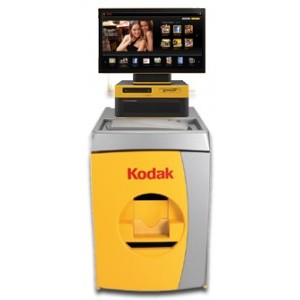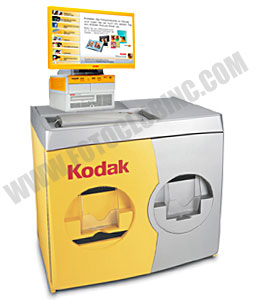



The ESP 3.2’s ink costs are attractive, too. The resulting photos are no sharper than those from rival vendors, but they have a far more realistic palette. Color graphics printed on plain paper look merely decent, with human faces marred by a slightly cartoonish cast if you look closely but the ESP 3.2 shines when you switch to photo paper. But if you switch the driver to Best quality, you’ll get great text and graphics–at some sacrifice in speed and ink usage. You might not think so after examining text and monochrome pages printed at the MFP’s default settings–there’s the occasional glitch. The lid doesn’t telescope, either, so you’ll have to deal with ambient light when scanning thicker materials.Ī major strength of the ESP 3.2 is its output quality. The scanner bed is letter/A4-size, and the unit lacks an automatic document feeder. Duplexing is strictly manual and on the Mac side, the prompts play out on the printer’s LCD instead of on your computer’s display. A 100-sheet rear vertical feed sends paper in a straight path through the MFP to the 50-sheet output tray at the front of the unit. The ESP 3.2’s paper-handling features are bare-bones.


 0 kommentar(er)
0 kommentar(er)
